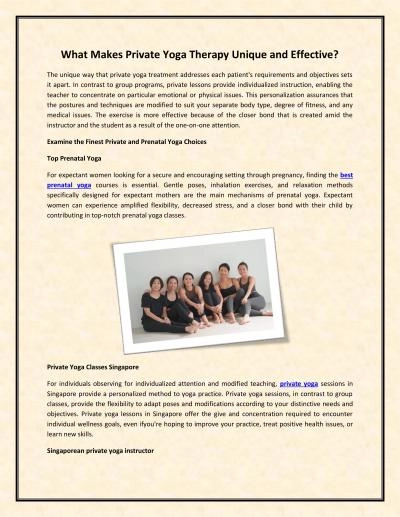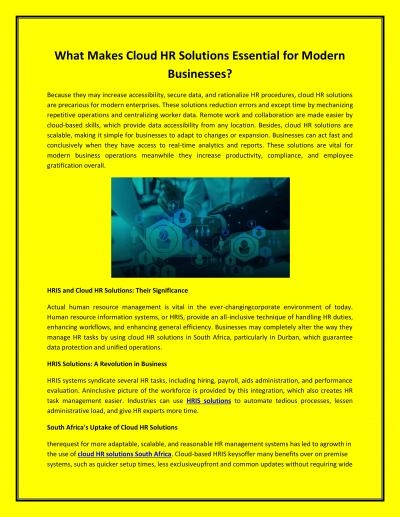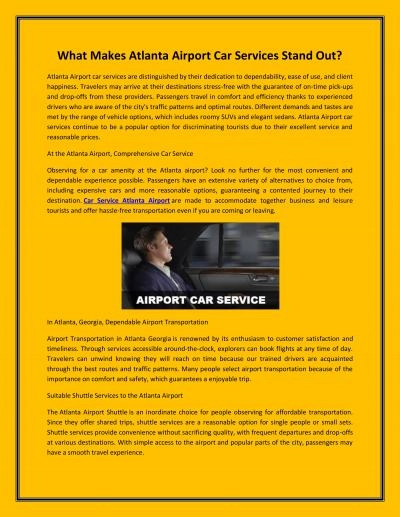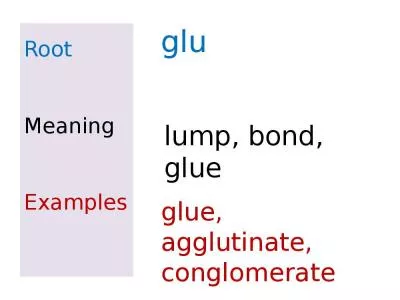PPT-What Makes Examples Exemplary
Author : danika-pritchard | Published Date : 2017-12-22
for Students of Mathematics John Mason Jinan Workshop July 2017 The Open University Maths Dept University of Oxford Dept of Education Promoting Mathematical Thinking
Presentation Embed Code
Download Presentation
Download Presentation The PPT/PDF document "What Makes Examples Exemplary" is the property of its rightful owner. Permission is granted to download and print the materials on this website for personal, non-commercial use only, and to display it on your personal computer provided you do not modify the materials and that you retain all copyright notices contained in the materials. By downloading content from our website, you accept the terms of this agreement.
What Makes Examples Exemplary: Transcript
Download Rules Of Document
"What Makes Examples Exemplary"The content belongs to its owner. You may download and print it for personal use, without modification, and keep all copyright notices. By downloading, you agree to these terms.
Related Documents

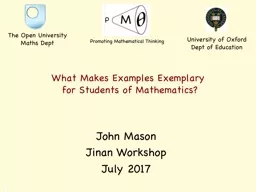

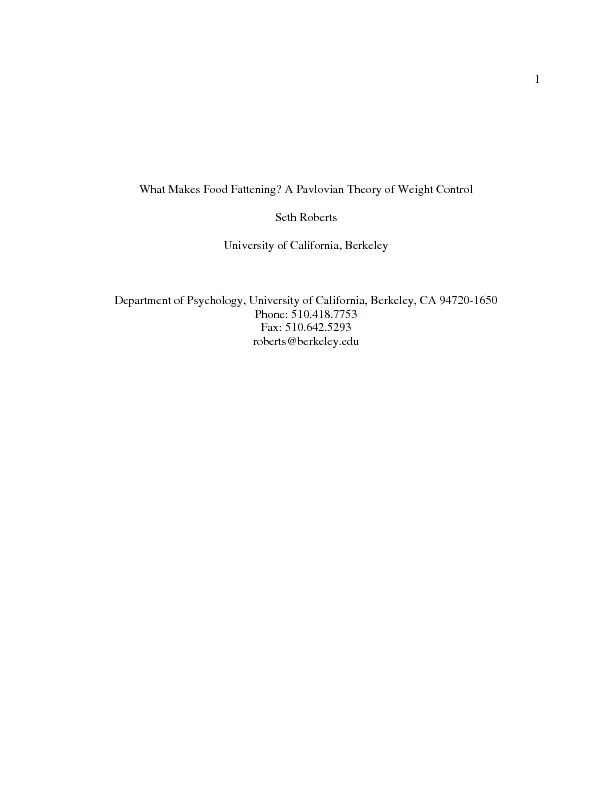


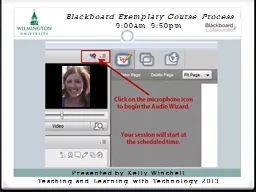
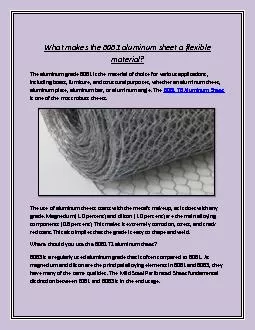
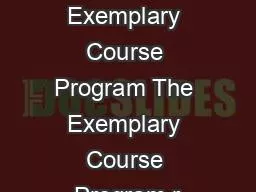
![[EBOOK] Practice Makes Perfect Mastering Writing (Practice Makes Perfect Series)](https://thumbs.docslides.com/1008211/ebook-practice-makes-perfect-mastering-writing-practice-makes-perfect-series.jpg)
